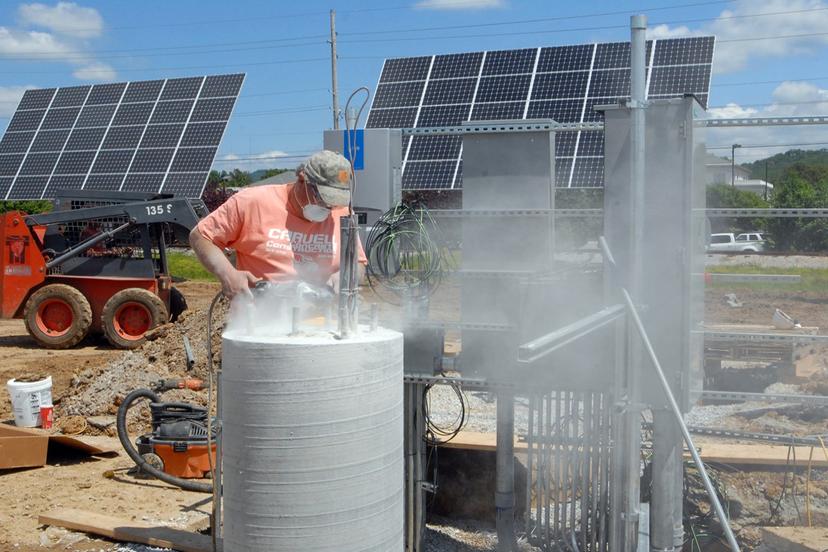Stone, Concrete, Ceramics, and Glass

Industry Outlook
Delays in construction may arise as a result of economic conditions and budget constraints faced by local and state governments, which negatively impacts employment opportunities. Stone, concrete, ceramics, and glass industries are linked to and dependent upon other industries, so growth is also dependent on the overall economy and financial health of partner industries, such as road and building construction, renewable energy, and vehicle manufacturing.
The coronavirus pandemic has affected most industries in the U.S. and around the world. Many construction projects were paused during lock-down phases in various states, which reduced demand for materials and workers. In many areas of the U.S., however, particularly the North East, construction and manufacturing operations have been resuming as the coronavirus becomes contained. The accelerated rollout of the COVID-19 vaccines in 2021 is expected to bolster the economy and investment in construction activities will increase. Some manufacturing companies, however, may be forced to close due to reduced demand, production, and revenues. Those manufacturing companies with solid business continuity plans in place and eligibility for government stimulus support may fare best for the foreseeable future.
In general, the growth outlook for the stone, concrete, ceramics, and glass industries varies by sector, according to the Department of Labor. Employment growth is projected to grow by 11 percent for cement masons and concrete finishers, much faster than the average for all occupations, through 2028. Brickmasons and block masons will have 10 percent employment growth and stonemasons will have 9 percent employment growth through 2028.
Much of this growth will be due to demands for infrastructure projects such as construction of roads and bridges, and of schools, apartment buildings, hospitals, and other facilities. The market research group IBISWorld reports that the stone, concrete, and clay wholesaling industry generates $23 billion in revenue, with about 3,661 businesses and 35,124 employees. Post pandemic, strong growth is expected in this industry the next few years due to the rise in home ownership and increased demand for residential construction. As the economy rebounds due to the containment of the pandemic, corporations will increase their profits and new commercial buildings will be needed, increasing the demand for concrete, cement, and other construction materials.
Although glass and ceramic materials have been touted as having the potential to solve many of the world's industrial and environmental problems, the industries producing glass and ceramic products are expected to see declines in some areas of employment through 2028, according to the U.S. Department of Labor, particularly among assemblers and fabricators; furnace, kiln, oven, and kettle operators; and grinders and polishers. Declines in these fields are often partly the result of increased automation and decreased demand for the products. Employment levels were also negatively affected by industry restructuring and mergers; during the last recession, many companies either exited the business or were acquired by larger companies.
IBISWorld reports that the glass product manufacturing industry generates $26 billion in revenue and experienced annual growth at a rate of -1.6 percent from 2015 through 2020. Due to a steep drop in construction during the pandemic, this industry was projected to have a 10 percent decline in revenue in 2020. Post pandemic, renewed construction activity and increased consumer spending is expected to increase demand for glass products through 2025. The automotive industry will also continue to need glass products.
Scientists are finding many new uses for ceramic and glass materials. Ceramic and glass materials provide a good solution to the energy problems posed by the high-temperature, corrosive environments involved in solar heating, nuclear reactors, geothermal heat production, and gas turbines, for example. This may ultimately lead to an increased demand for workers in this industry.
In all four industries, the number of engineering jobs will probably be higher than the number of jobs for production workers. Employment of engineers is expected to grow to meet the demands for new materials and to adapt existing products to new applications.
The stone, concrete, ceramics, and glass industries are quite dependent on other industries, especially construction, automobile manufacturing, fiber optics, and renewable energy. This means that if the other industries are active, demand will increase, but during downturns demand will decrease.
